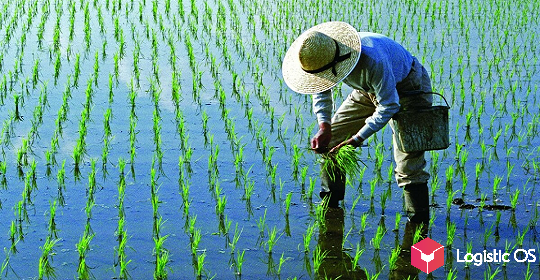The implementation of the concept should simplify the access of agricultural producers to direct sales channels.
Today, there is no special regulation of ODA in the country, and the infrastructure of such markets is extremely limited.
The document adopted by the Government defines ODA “as an enterprise that provides trading places, equipment and various services to competing wholesalers.
The concept of «services» is understood as loading and unloading operations, protection of goods, sanitization of premises, cleaning of territories, information and advertising support, as well as communication services.
It is proposed to legislate the need to locate veterinary and sanitary laboratories on the territory of the pilot plant.
Markets should be located closer to large cities.
The agricultural system of Russia includes both large enterprises and small ones, farms and private households.
It is much easier for the former to build a system of interaction with trade; it is much more difficult for the smaller agricultural producers to do this.
For farmers, the number of regional fairs with preferential or free participation is increasing, a system of marketplaces and online commerce is developing.
But here everything depends on the regions: in some this process is proceeding at an accelerated pace, in others it is practically invisible.
Large retail chains are changing the format of relations with small farms: for example, the Magnit chain in some regions interacts with small agricultural producers, bypassing the system of wholesale distribution centers — the products come directly from the farmer to a particular store.
According to Olga Bashmachnikova, vice-president of the Association of Peasant (Farming) Farms and Agricultural Cooperatives (AKKOR), any tool that additionally appears on the market is an expansion of the range of opportunities.
Wholesale food markets abroad are effective platforms for marketing products, especially vegetables.
Time will show how successfully ODA will develop in Russia.
But the more sites for the sale of products by farmers in the regions, the more favorable the conditions will be for agricultural producers: competition lowers prices.

